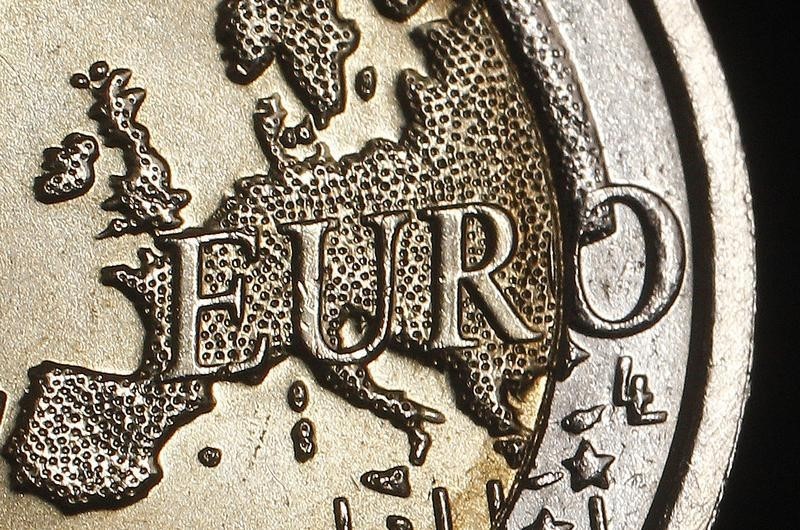Investing.com - The euro extended its recent selloff against the dollar on Tuesday, dropping more than 1% to 12-year lows pressured lower by the diverging monetary policy outlook between the Federal Reserve and the European Central Bank.
EUR/USD hit lows of 1.0724, the weakest since April 2003, and was last at 1.0736, down 1.06% for the day.
The single currency had already weakened sharply against the dollar so far this year after the ECB unveiled a trillion-euro quantitative easing program in January. The euro turned lower on Tuesday, a day after the bank started asset purchases, pushing euro area bond yields to new lows.
German 10-year bunds fell to record lows on Tuesday, while the yield on Spanish and Italian 10-year bonds also hit their lowest levels on record. Yields fall as bond prices rise.
Concerns over the situation in Greece also weighed on the common currency.
The eurogroup of finance ministers were holding a second day of talks in Brussels to discuss a reform package put forward by Greece as part of its bailout review.
Last month Athens reached a temporary agreement with its lenders to extend its bailout by four months, but the reform package must be signed off by creditors before it can access further financial aid.
Germany’s finance minister Wolfgang Schaeuble warned Tuesday that Greece must stop wasting time and start developing its reform package.
Demand for the dollar continued to be underpinned after the latest U.S. jobs report solidified expectations for higher interest rates.
The Fed is expected to begin raising interest rates around the middle of this year and investors were looking ahead to next week’s policy statement to see if it would drop its reference to being patient before raising rates.
USD/JPY hit eight-year highs of 122.03 on Tuesday and was last at 121.30.
The U.S. dollar index, which measures the greenback’s strength against a trade-weighted basket of six major currencies, rallied 0.75% to eleven-and-a-half year highs of 98.33.
